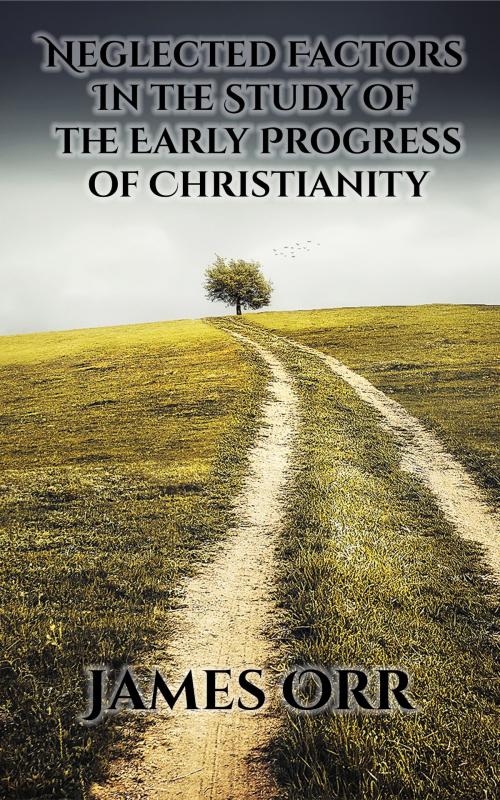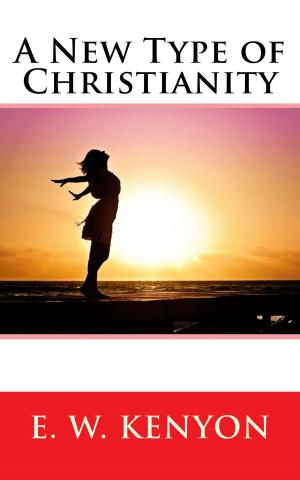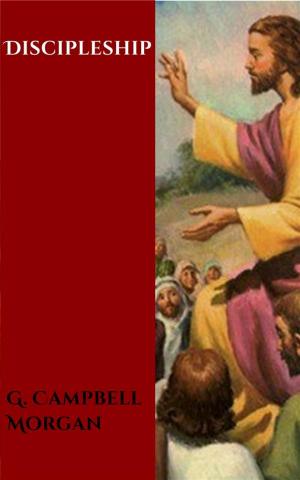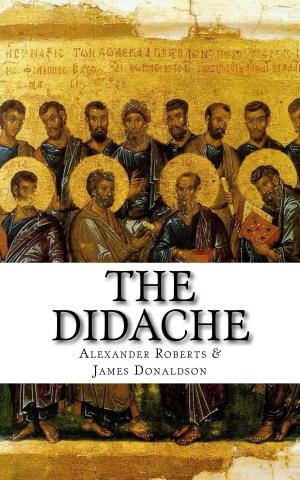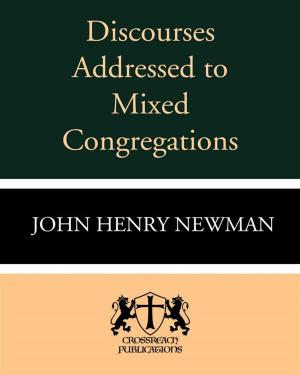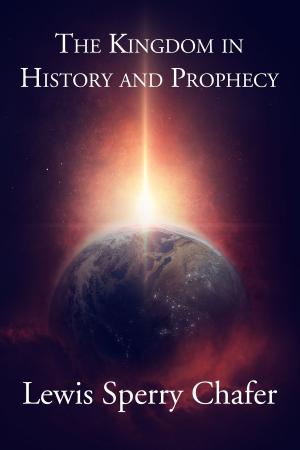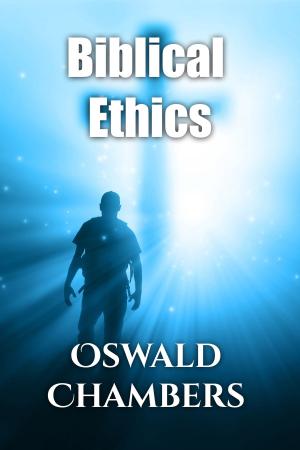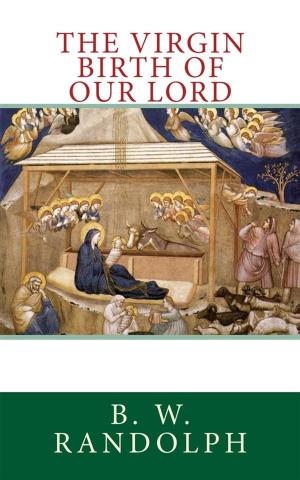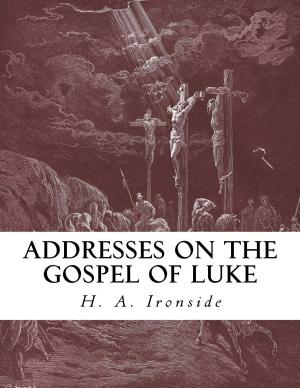Neglected Factors in the Study of the Early Progress of Christianity
Nonfiction, Religion & Spirituality, Christianity, Christian Literature, General Christianity| Author: | James Orr | ISBN: | 1230001932911 |
| Publisher: | CrossReach Publications | Publication: | September 25, 2017 |
| Imprint: | Language: | English |
| Author: | James Orr |
| ISBN: | 1230001932911 |
| Publisher: | CrossReach Publications |
| Publication: | September 25, 2017 |
| Imprint: | |
| Language: | English |
It is unnecessary at the commencement of these lectures to do more than refer to the changes which, within the last few decades, have taken place in the spirit and methods of the treatment of Church History. If there was a time within living memory when the charge could justly be brought against this branch of study of being the dreariest in the theological curriculum—a collection of dry bones and dead controversies—that time may confidently be said to have passed away; and with it has disappeared the idea that Church History must of necessity be an unprogressive science—the repetition of the old, unchanging story—seeing that the facts on which it is based must always remain precisely what they are. The changes referred to have come about not so much from the discovery of new materials—though of these also unremitting research has yielded an abundant supply—as from the new historical temper in which scholars have approached their task; from the fresh power acquired of reading aright the meaning of the data already possessed, and of setting them in new lights and relations; from increased skill in colligating them, and in interpreting the significance of unnoticed details in their bearing on an entire situation—in which lies so much of the higher art of the historian. Just as the naturalist is reputed to be able from a single bone to reconstruct the form of some creature of the past, so our modern scholars aim at showing that the minutest fact is not isolated, but stands in organic relation with the all-pervading life of the time; and from comparison of the facts they seek to re-create for us a picture whose justification is its verisimilitude, and its power of interpreting the sum-total of the phenomena
It is unnecessary at the commencement of these lectures to do more than refer to the changes which, within the last few decades, have taken place in the spirit and methods of the treatment of Church History. If there was a time within living memory when the charge could justly be brought against this branch of study of being the dreariest in the theological curriculum—a collection of dry bones and dead controversies—that time may confidently be said to have passed away; and with it has disappeared the idea that Church History must of necessity be an unprogressive science—the repetition of the old, unchanging story—seeing that the facts on which it is based must always remain precisely what they are. The changes referred to have come about not so much from the discovery of new materials—though of these also unremitting research has yielded an abundant supply—as from the new historical temper in which scholars have approached their task; from the fresh power acquired of reading aright the meaning of the data already possessed, and of setting them in new lights and relations; from increased skill in colligating them, and in interpreting the significance of unnoticed details in their bearing on an entire situation—in which lies so much of the higher art of the historian. Just as the naturalist is reputed to be able from a single bone to reconstruct the form of some creature of the past, so our modern scholars aim at showing that the minutest fact is not isolated, but stands in organic relation with the all-pervading life of the time; and from comparison of the facts they seek to re-create for us a picture whose justification is its verisimilitude, and its power of interpreting the sum-total of the phenomena
